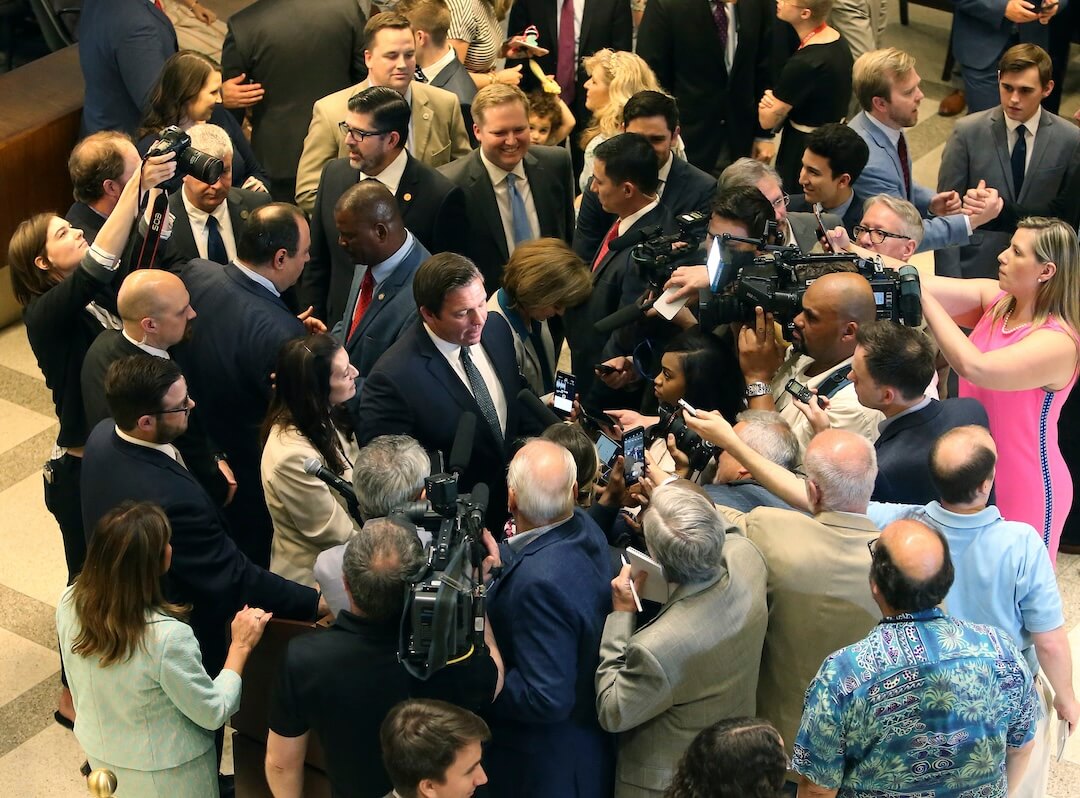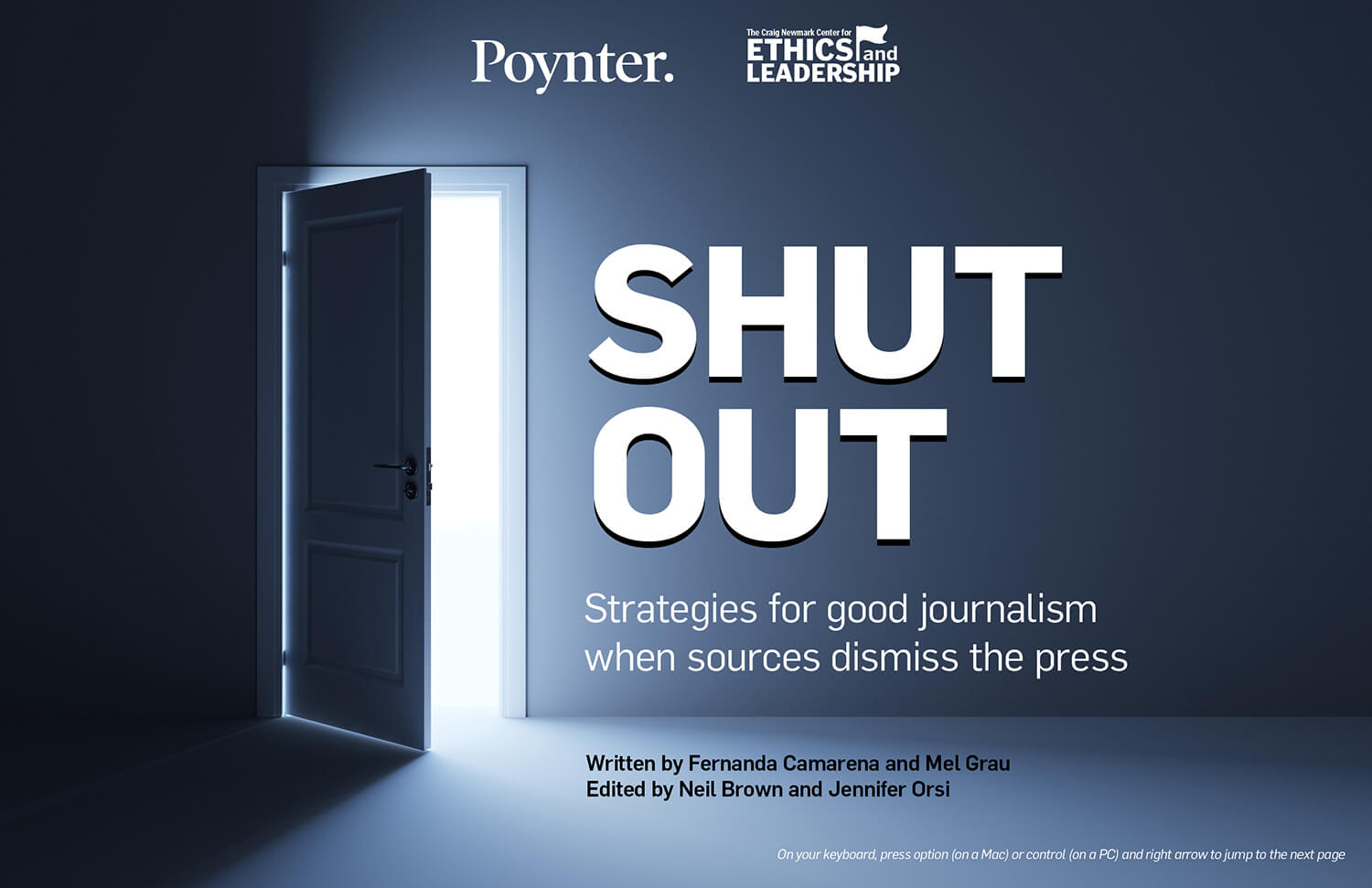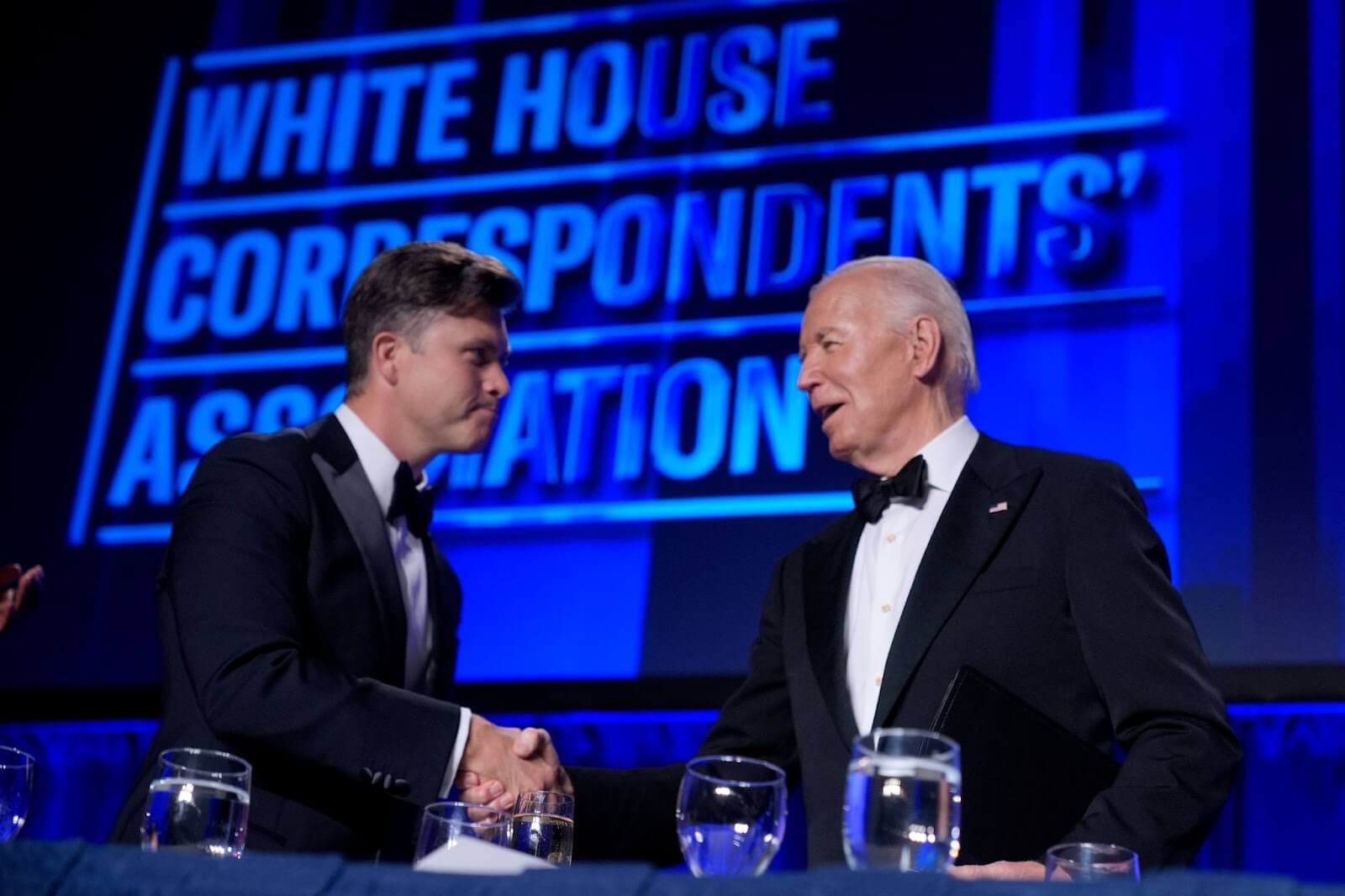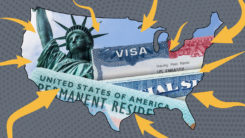Our conversations about race can sound outdated to a younger generation that is defining itself in a new way. That became clear to me when I listened to Kevin Weston, Hector Gonzalez, and Mizgon Zahir at a recent workshop on journalism, race, and ethnicity at Columbia University.
Kevin is the 34-year-old editor of Youth Outlook, a monthly journal on youth life in the Bay Area. For many young people, especially those living in cities with a rich ethnic mix, the racial identifiers and labels are changing, he told a group of reporters, editors and producers. He knows of a young man who is part African American, part Filipino. The young man identifies himself as “Negro-pino.”
And, sure, we all laughed when Kevin introduced us to that Brave New World identifier.
But we were left with some sobering questions: How will we write about diversity when our traditional labels — black, white, Asian, Latino, Native American — aren’t relevant anymore? What will be the most interesting issues of race and ethnicity when our families and cultures become even more mixed than they are today? What new cultures will form because of that blending? What will be the new points of tension and conflict?
* * *
“Our old conversation about race was shaped in black and white,” Kevin told me a few days after the workshop. “And that’s being rendered moot, mostly because, in America, you can choose to be something other than the ethnic or racial label that’s been put on you by society.”
Young people are creating subcultures that revolve around facets of pop culture: hip hop, punk music, rock en espanol, skateboarding, comic books, Anime, electronica, video games, tricked-out cars, digital animation, surfing, extreme sports.
While some of these facets may have roots in a particular ethnic group, these subcultures are beginning to transcend race. Imagine a common ground forged by black and Filipino breakdancers, by Puerto Rican and Chinese rappers, by Mexican and Anglo skateboarders, by Native American and Asian Indian gamers.
I’m sure it’s happening now, even as we speak.
Young people “identify with what they love, not with how people see them,” Kevin said. And young people accept others who might not look like them, but who love the same things they love.
“One good example is Eminem,” he said. “Some people can’t understand why a white rapper is accepted. It’s because of his competency in the culture. He’s transcended his whiteness … Hip hop is a meritocracy. It’s about who can breakdance the best, or DJ the best, or be the best graffiti artist … Once you’ve chosen who you are, that’s not necessarily racial: ‘I am a filmmaker, a skateboarder, a rapper, a DJ.’ That’s not a racial distinction.”
* * *
I’m not saying racism and prejudice no longer exist among young people. But we as journalists need to get beyond the traditional race story. We often approach that story with the idea that there’s a tremendous Divide between the races — in particular, a Divide between whites and a monolithic group of minorities.
As whites become just another “minority” group among a patchwork of “minority” groups, and as we, all of us, increasingly befriend, date, and marry people of different races and adopt children of different races, the idea of the Divide seems antiquated to me.
The intersections interest me more.
Hector Gonzalez is a 20-year-old writer and translator for Silicon Valley De-Bug, a San Jose magazine published in English and Spanish for young people. He and his parents emigrated from El Salvador several years ago, but his social circle is now mostly Filipino.
That’s because, in high school, he befriended the Filipino kids who shared his interests in rapping, breakdancing, and graffiti art. Meanwhile, one of his favorite underground hip hop artists is a Chinese American named Jin. And his boss at the magazine is an Asian Indian graduate of UCLA who leads a multiracial staff ranging in age from 16 to 40. There’s a wealth of race stories in Hector’s experience alone.
“For the generation after Martin Luther King and Malcolm X, a healing process started,” Hector said. “And my generation is the product of that healing … I can only speak about the Bay Area, where there are great amounts of immigrants from China, South America, Central America, the Caribbean, as well as blacks and whites. We get to interact with each other and learn about each other’s cultures. It’s all in front of us.”
At the same time, “everyone is searching for a sense of identity, for a way to fit in, and a lot of that has to do with pop culture. Every kid listens to hip hop, or punk rock, and everyone is trying to imitate these cultures, and within these cultures, you have a sense of equality.”
* * *
The search for a sense of identity intrigues me.
It’s an age-old search. Emancipated blacks searched for an identity as they pursued their new freedoms and fought a system of discrimination. Immigrants coming to our shores a century ago searched for an identity that was rooted in the old land but that borrowed from the new. Native Americans searched for an identity as they rebuilt ancient cultures that were nearly destroyed. Whites will be searching for an identity as their dominance in the American culture recedes.
But today and tomorrow, as young people search for and create their own identities, what’s new is the extent to which their cultures are being blended — more so than ever before. What’s also new is the extent to which pop culture plays a role in that blending — and (here’s the dark side) the extent to which it will play a role in creating new categories and dividing people.
Mizgon Zahir is a 20-year-old junior at California State University at Hayward. Her parents fled from Afghanistan during that country’s war with the Soviet Union. And now Mizgon has established her own magazine, Afghan Journal. Mizgon’s, Kevin’s, and Hector’s publications are all youth media projects supported by the Pacific News Service, a non-profit media organization that provides an alternative source for news.
Mizgon is creating her own identity out of fragments from her parents’ culture and American mainstream culture.
Her identity is in the food she cooks — Afghan bread with Italian food. It’s in the clothes she wears — a traditional embroidered shirt with jeans. It’s in her play with language — sometimes she employs “Farslish,” a mix of Farsi and English.
“There are no boundaries, no cultural restrictions on how you’re supposed to be,” she told me. “It’s undefined. I myself am defining my own culture. I was brought up in an Afghan household but have never seen Afghanistan.
“Everything in my life is a fragment,” she said. “What I know of Afghanistan is what my parents have told me. As a writer, I’ve been able to fill in the holes. It’s like a puzzle, and you’re missing the pieces. You have to use your own imagination. That really does work for my benefit. I’m allowed to be creative, to have more freedom to be who I want to be. It empowers me. It allows me to dream, to create my own identity outside the boundaries of racial divides.”
* * *
Maybe a good metaphor for the way Kevin, Hector, and Mizgon live is the Remix — the way young people nowadays take fragments of songs, often from different musical styles, and use digital technology to blend them together to create something new.
Mizgon was listening to an interesting CD the day I talked with her.
“It was Afghan music with mainstream rappers mixed in,” she said. “50 Cent was singing to a tabla — a musical instrument. The remix had an Afghan voice behind it in Farsi. You see that fusion. That CD was pirated off somebody. It came from an Afghan American kid.
“Which is impressive: The boundaries are gone.”





